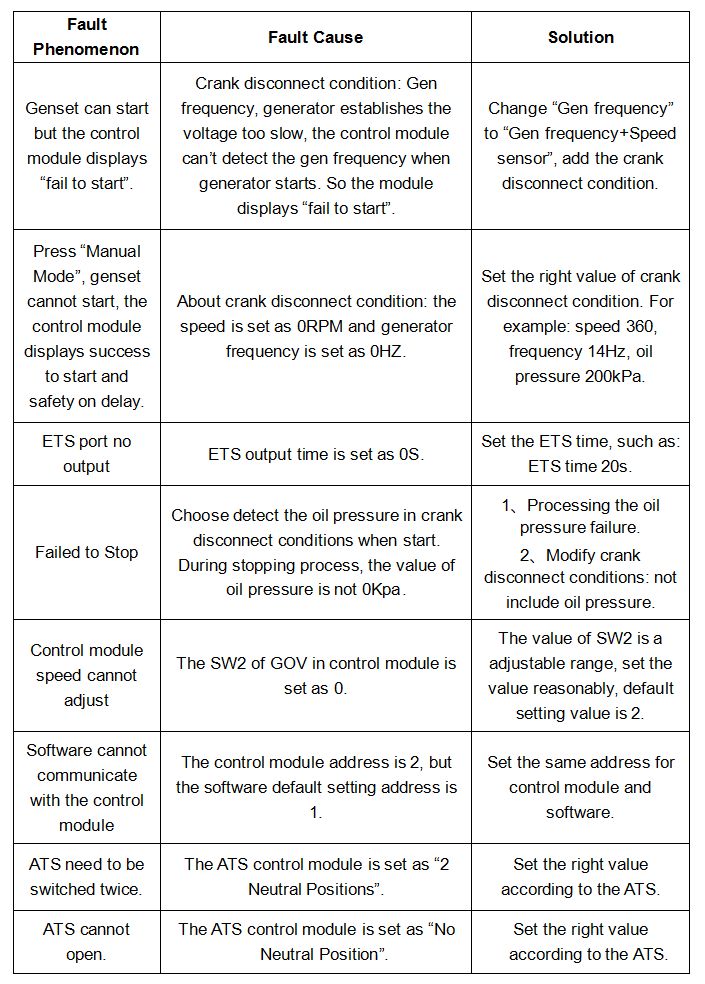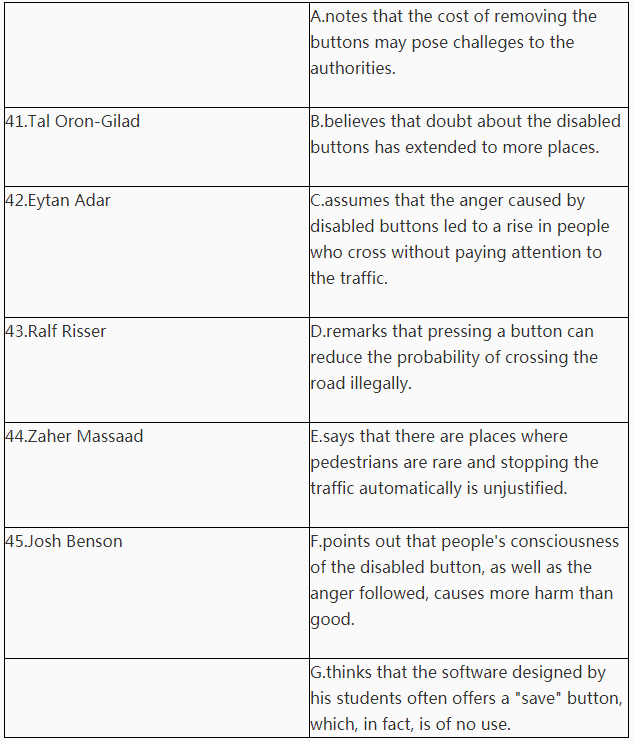Understanding How to Carry Back the Loan: A Comprehensive Guide for Borrowers
Guide or Summary:Introduction to Carry Back the LoanWhat Does It Mean to Carry Back the Loan?How Does the Carry Back Process Work?Benefits of Carrying Back……
Guide or Summary:
- Introduction to Carry Back the Loan
- What Does It Mean to Carry Back the Loan?
- How Does the Carry Back Process Work?
- Benefits of Carrying Back the Loan
- Considerations and Limitations
**Translation of "carry back the loan":** Carry back the loan
Introduction to Carry Back the Loan
When it comes to managing finances, understanding the nuances of borrowing and repayment is crucial. One term that often comes up in financial discussions is "carry back the loan." This concept refers to the practice of applying a loan or its benefits to a previous tax year, allowing borrowers to potentially reduce their taxable income. In this guide, we will delve into what it means to carry back the loan, how it works, and its implications for borrowers.
What Does It Mean to Carry Back the Loan?
Carrying back a loan typically involves taking the benefits or deductions associated with a loan and applying them to a prior tax year. This process can be particularly beneficial for individuals or businesses that may have experienced a significant drop in income in the current year but had a more profitable previous year. By carrying back the loan, they can offset their taxable income, leading to potential tax refunds or reduced tax liabilities.
How Does the Carry Back Process Work?
The process of carrying back a loan generally involves several steps:
1. **Determine Eligibility**: Not all loans can be carried back. It is essential to check with tax regulations and financial guidelines to see if your loan qualifies.

2. **Calculate the Loan Benefits**: Assess the benefits associated with your loan, such as interest deductions or other tax-related advantages.
3. **File Amended Returns**: If eligible, you may need to file amended tax returns for the previous year to reflect the carry back of the loan benefits.
4. **Consult with a Tax Professional**: Given the complexities of tax laws, it's advisable to seek guidance from a tax professional who can provide personalized advice based on your financial situation.
Benefits of Carrying Back the Loan
There are several advantages to carrying back a loan:
- **Tax Relief**: The primary benefit is the potential for tax relief. By reducing your taxable income in a previous year, you may be eligible for a tax refund.

- **Improved Cash Flow**: The cash flow from a tax refund can be reinvested or used to pay down other debts, improving your overall financial situation.
- **Financial Flexibility**: Carrying back a loan can provide you with more financial flexibility, allowing you to navigate unexpected expenses or changes in income.
Considerations and Limitations
While carrying back a loan can offer significant benefits, there are also considerations to keep in mind:
- **Complex Regulations**: Tax laws can be complex and vary by jurisdiction. It's crucial to understand the specific regulations that apply to your situation.
- **Potential for Audit**: Amending tax returns can increase the likelihood of an audit. Ensure that all calculations and claims are accurate and well-documented.

- **Impact on Future Years**: Carrying back a loan may affect your tax situation in future years, so it's essential to consider the long-term implications.
In summary, the concept of carrying back the loan can be a valuable tool for borrowers looking to optimize their financial situation. By understanding how to effectively carry back a loan, individuals and businesses can potentially reduce their tax liabilities and improve their cash flow. However, due diligence is necessary to navigate the complexities of tax regulations and ensure compliance. Always consider consulting with a financial advisor or tax professional to make the most informed decisions regarding your financial strategies.